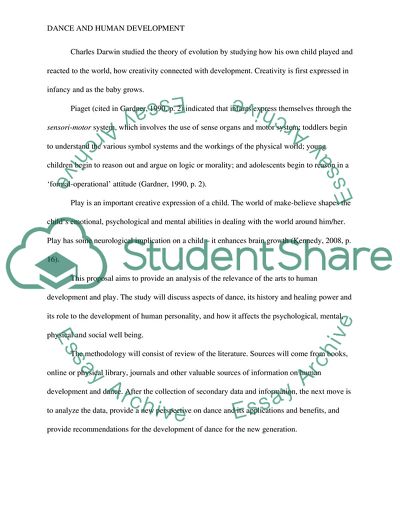Cite this document
(“Dance and Human Development Essay Example | Topics and Well Written Essays - 2500 words”, n.d.)
Dance and Human Development Essay Example | Topics and Well Written Essays - 2500 words. Retrieved from https://studentshare.org/performing-arts/1759092-applied-arts-project-human-development-and-play-with-dance
Dance and Human Development Essay Example | Topics and Well Written Essays - 2500 words. Retrieved from https://studentshare.org/performing-arts/1759092-applied-arts-project-human-development-and-play-with-dance
(Dance and Human Development Essay Example | Topics and Well Written Essays - 2500 Words)
Dance and Human Development Essay Example | Topics and Well Written Essays - 2500 Words. https://studentshare.org/performing-arts/1759092-applied-arts-project-human-development-and-play-with-dance.
Dance and Human Development Essay Example | Topics and Well Written Essays - 2500 Words. https://studentshare.org/performing-arts/1759092-applied-arts-project-human-development-and-play-with-dance.
“Dance and Human Development Essay Example | Topics and Well Written Essays - 2500 Words”, n.d. https://studentshare.org/performing-arts/1759092-applied-arts-project-human-development-and-play-with-dance.


